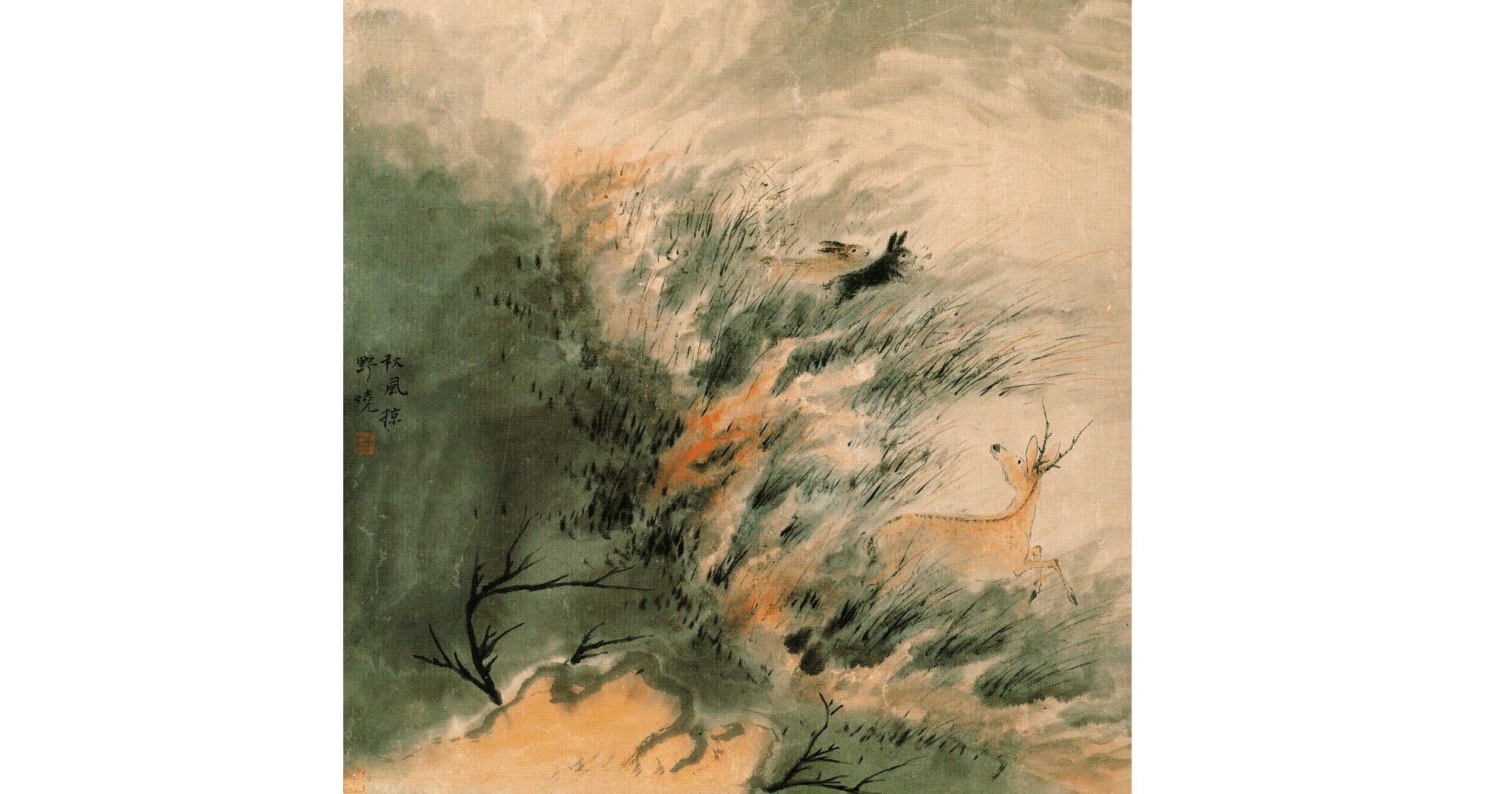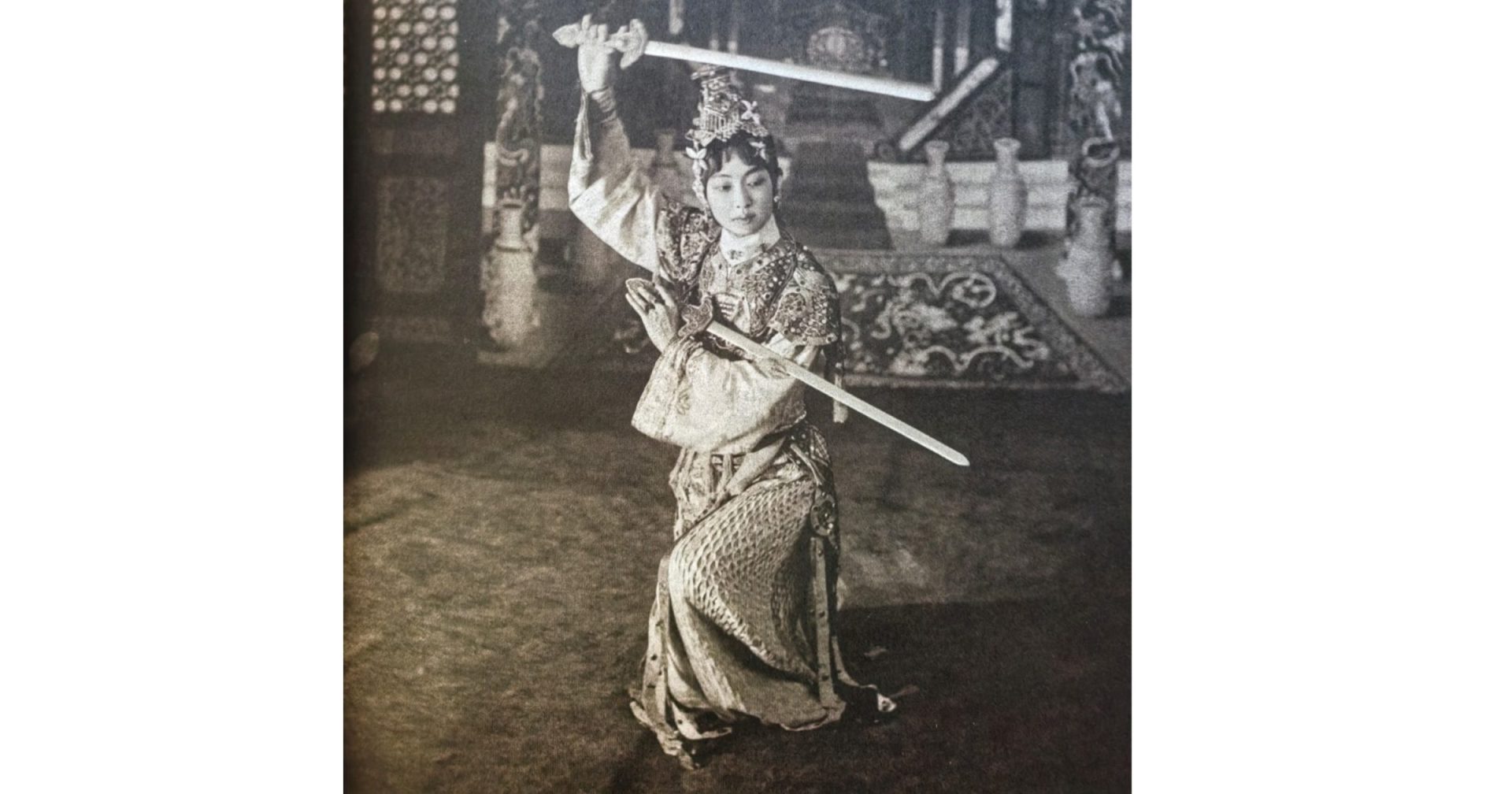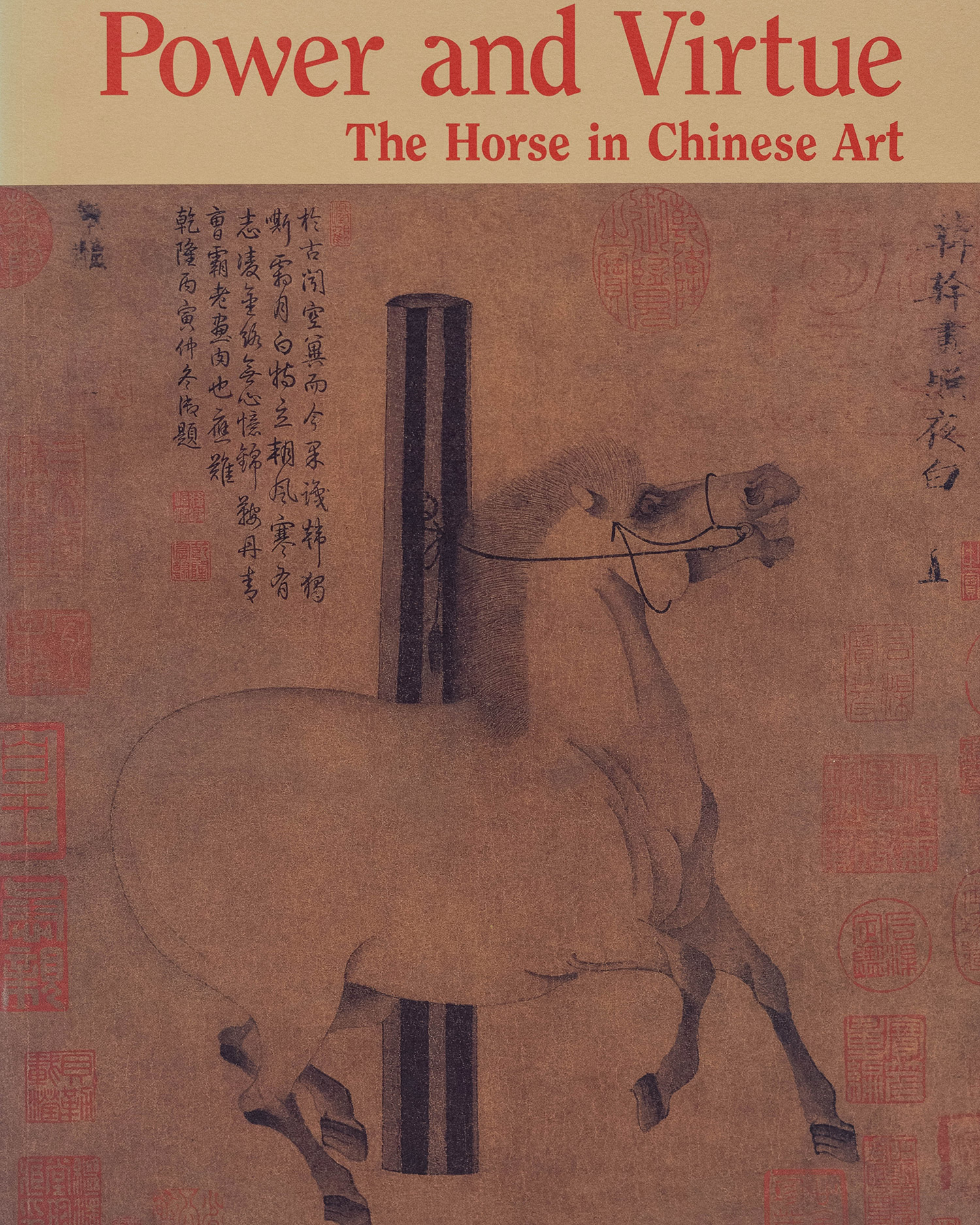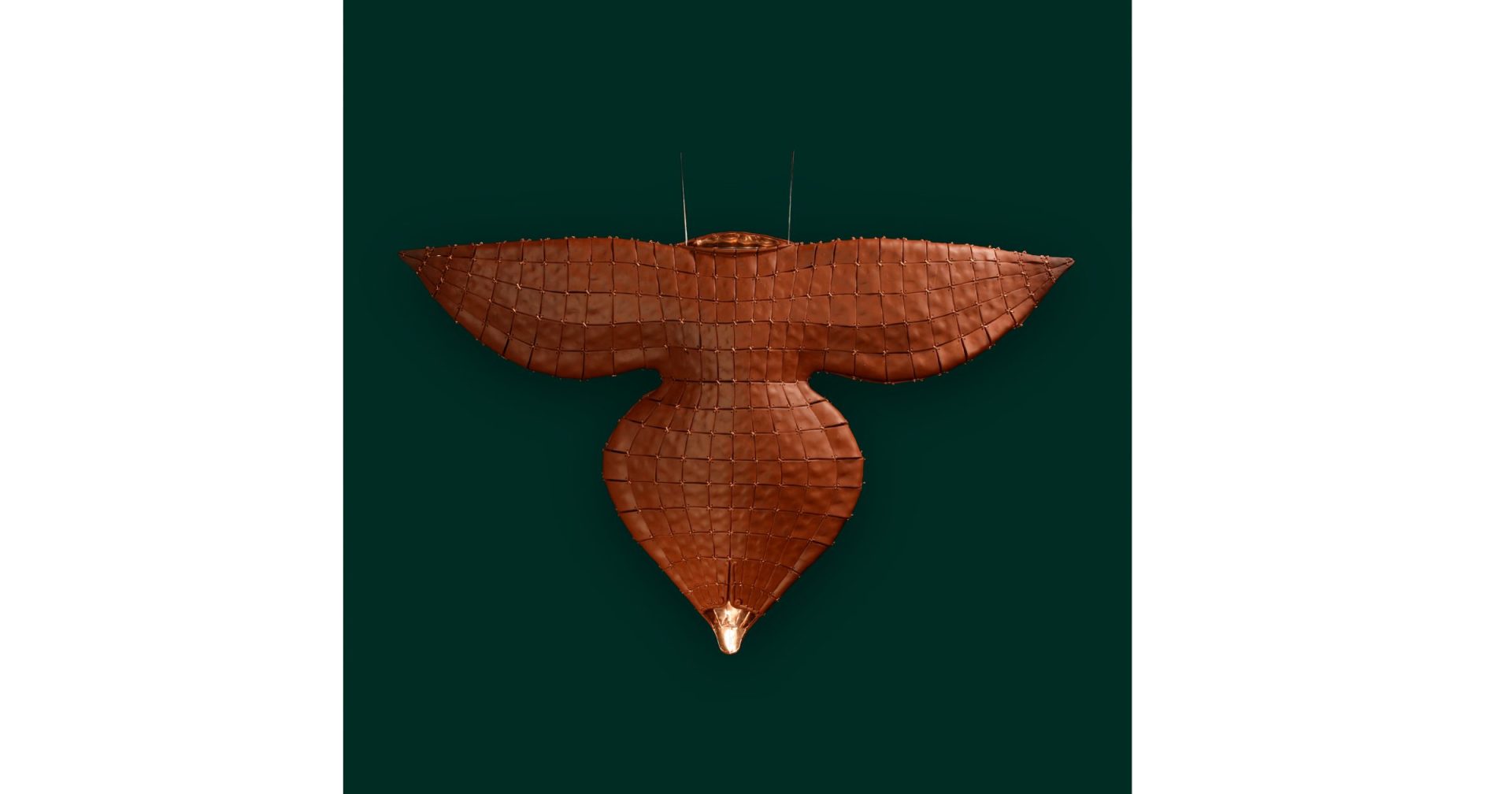The horse has occupied a unique place in the human imagination and in history for millennia as a symbol of power and progress in cultures throughout the world. In China, the horse played a determining role in the political and military arena since at least the sixteenth century BCE, when horses were first attached to chariots during warfare. Horses are known for their strength, beauty, and intelligence, and are endowed with an almost mythical potency in Chinese art and literature. Assumed to be a close relative of dragons in early Chinese thinking, horses were believed to consort with supernatural beings as they carried chariot drivers on fabulous journeys between heaven and earth. This exhibition included thirteen sculptures from the Han (206 BCE–220 CE) to Tang (618–907) dynasties, and sixteen handscrolls, hanging scrolls, and album leaves from the Tang to Qing dynasties, providing a look at the horse in its many guises and diverse symbolic functions.
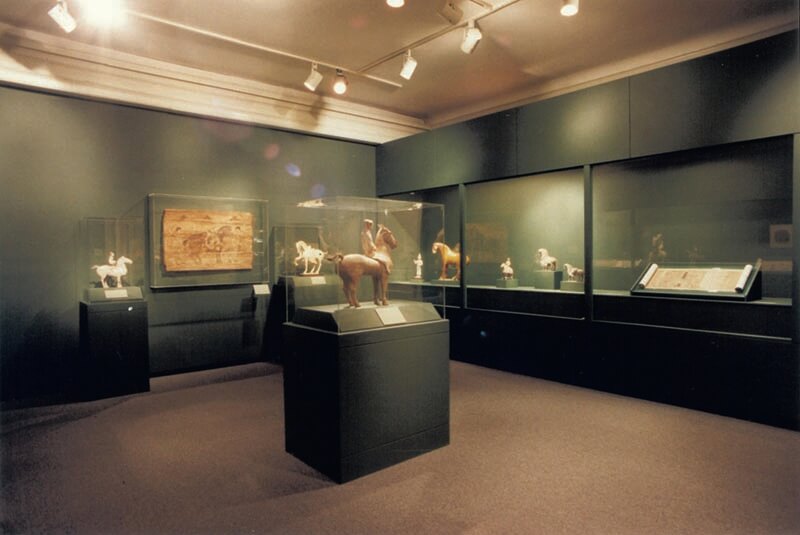
Power and Virtue: The Horse in Chinese Art
力量与美德:中国艺术中的马
Exhibition Catalogue
Authors: Robert E. Harrist, Jr.
The horse is a beloved subject and a profoundly meaningful image in Chinese visual culture. It is variously associated with non-Chinese, imperial power, and Confucian virtues. This text explores the contexts in which this noble animal figures prominently, from tomb sculpture to scholar painting, over a period of two thousand years. In particular, it examines the symbolic and rhetorical traditions of horse painting in Chinese art.
Exhibition catalog, 1997. Paperback, 136 pages: ill.
ISBN: 0-9654270-1-3
Media Coverage
- Grace Glueck, “Art Review: The Chinese Horse, A Symbol of Power,” The New York Times, October 24, 1997.
“Han Gan’s spirited ink drawing of the frisky beast, beautifully stylized with charmingly caricatured details, is one the many attractions of ‘Power and Virtue: The Horse in Chinese Art,’ a lively equine exploration at the China Institute Gallery.” “The horse has been party to many large human endeavors, but in China it seems to have played a role more complex than elsewhere. Don’t let the subtitle of this show ‘The Horse in Chinese Art’ fool you. It’s really a beguiling beginning course in Chinese civilization.”
- J. May Lee Barrett, “China Institute Gallery: A David in the Company of Goliaths,” Asian Art, November 1997.
- J. May Lee Barrett, “Exhibition Review: Power and Virtue: The Horse in Chinese Art, China Institute Gallery, New York,” Orientations, October 1997.
Media Coverage
- World Journal 世界日报
Related Programs
- Curator’s Lecture: Robert E. Harrist, Jr., “Power and Virtue: The Horse in Chinese Art” (September 12, 1997)
- Lecture: Morris Rossabi, “Han Horses, Mongol Mares and Ferghana Foals: The Horse in Chinese History” (October 28, 1997).
- Symposium: “Examining Chinese Concepts and Depictions of the Foreign World” (December 6, 1997).
Related Events
